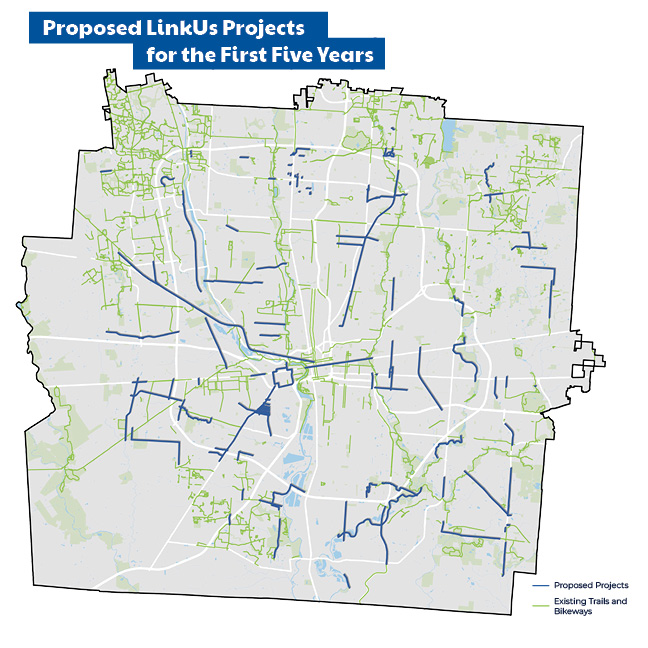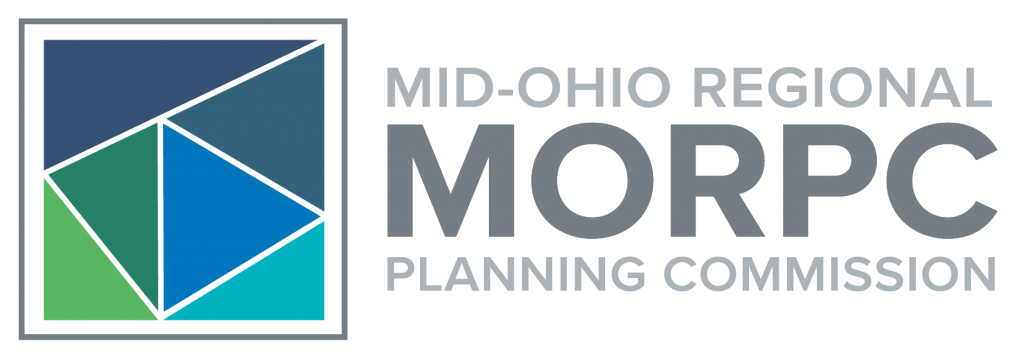 By DINA R. LÓPEZ
By DINA R. LÓPEZ
Published Feb. 8, 2021 in This Week Community News
Imagine living in a region where every time you step out of your front door, you have numerous options for how you are getting to and from your destination.
Imagine that the day has arrived when, if you do not have a personal motor vehicle, you just as conveniently could move yourself from place to place with an even higher-functioning transit system, well-connected sidewalks and bike lanes that would take you safely along busy roads that transect the region.
Imagine that these roads now include lanes for rapid transit use and other improvements that prioritize the safety and movement of all vehicles and users – cars, trucks, buses, transit users, cyclists and pedestrians.
Now that you have a choice of how you get around, you find enjoyment (and lose a bit of weight) by biking eight miles to work twice a week – all on central Ohio Greenways trails or bike lanes that have been separated from the increased dangers of busy, vehicular traffic.
At the end of the day, you conveniently return with your bike on a new COTA rapid-transit service, feeling good that you had met your fitness goal and that you had done your part to help keep added vehicle pollution out of the air.
Many people think of a transportation-infrastructure system as being only about cars, trucks, roads and highways. In reality, a good transportation system is one that has all transportation modes linked together to move people across the entire system. This complete system connects us from our front doors to our destinations, whether by motor vehicle, airplane, bicycle, walking, transit or – if you are adventurous enough – kayaking through our region’s beautiful waterways.
There is no such thing as a “perfect” transportation system, but we know that the more easily and affordably people are able to travel from one place to another, the more likely they are to have access to educational and employment opportunities, medical care and other amenities that impact our everyday quality of life.
For decades, the Mid-Ohio Regional Planning Commission has collaborated with federal, state and local agencies to improve our region’s transportation system and expand mobility options. You can look at ambitious plans for a future of complete mobility by going to morpc.org.
As part of this ambition, MORPC has partnered with Franklin County, the city of Columbus, COTA and others on the LinkUS Mobility Initiative. This initiative stems from previous regional planning efforts, such as COTA’s NextGen plan and the Insight2050 Corridor Concepts study.
Through LinkUS, we are seeking to create a complete and connected mobility system along key regional corridors – a system that includes high-capacity and advanced rapid transit, technology solutions and a robust bike and pedestrian network.
These mobility improvements, along with strategies for infill and new land development, will guide central Ohio toward fulfilling a regional vision that includes better access to amenities, more variety of housing choices, a wider range of businesses and nearby locations for medical providers, human services and educational institutions.
Poet Amanda Gorman recently said, “It’s because being American is more than a pride we inherit. It’s the past we step into and how we repair it.” These words could not be more relevant to the equity challenges being addressed through LinkUS to bring central Ohio into a future of complete mobility.
Transformative work is being performed that is bringing central Ohio closer to a complete mobility network. If a vision of complete mobility aligns with your hopes for the region’s future, please follow the progress of the work being done through the LinkUS initiative and the two corridor studies currently underway at linkuscolumbus.com.
Dina R. Lόpez serves as strategic projects manager at the Mid-Ohio Regional Planning Commission. MORPC’s purpose is to bring communities of all sizes and interests together to collaborate on best practices and plan for the future of the region.






